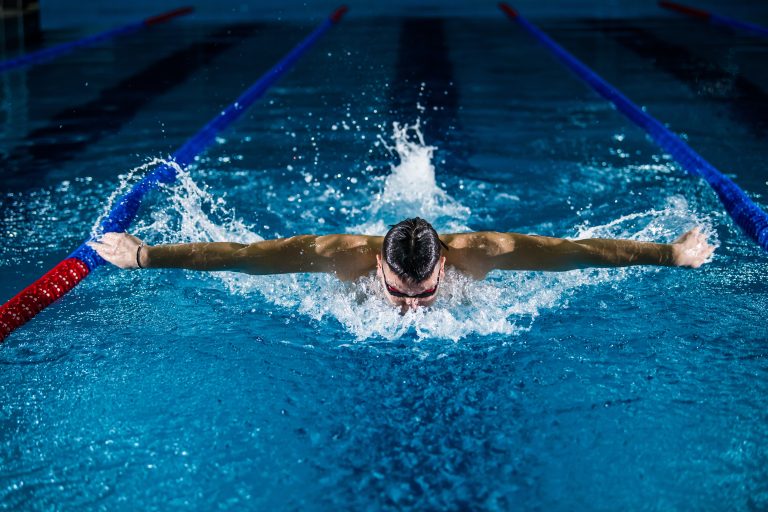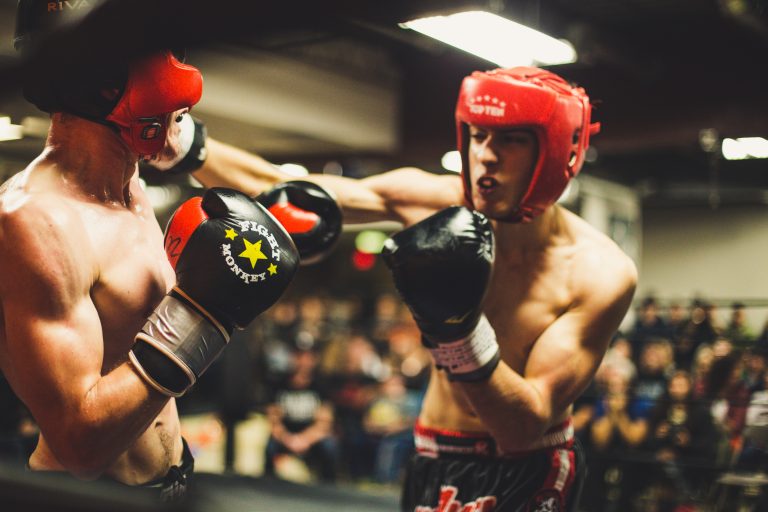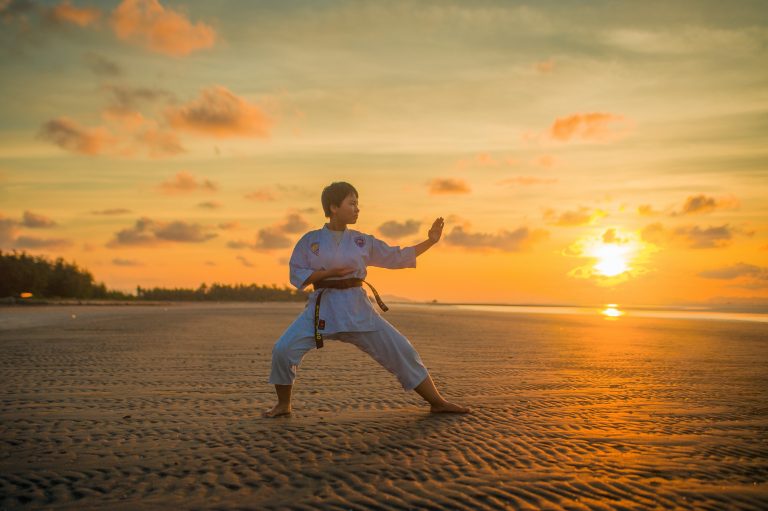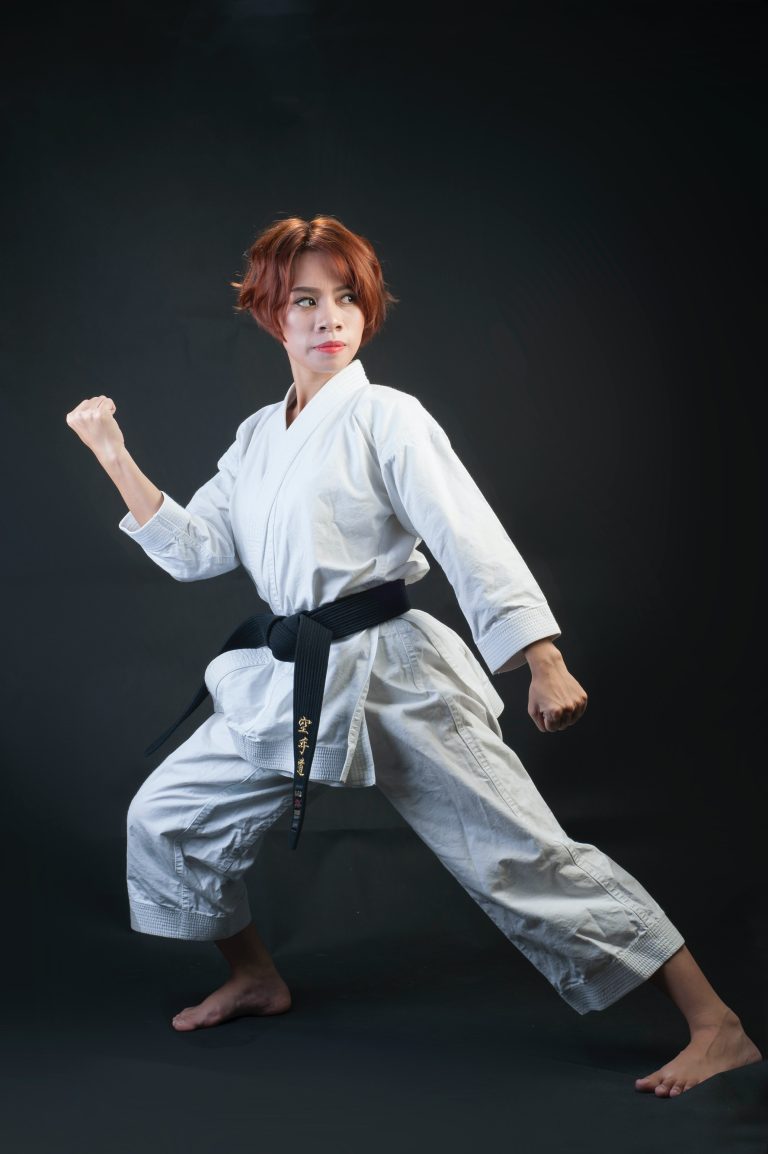Karate – A Guide to the Basics of the Combat Style
Karate is a Japanese martial art that has gained popularity all over the world. Developed in the Ryukyu Islands, karate emphasizes punches, kicks, knee strikes, and elbow strikes to defeat opponents. It’s a combat style that can be used for self-defense, as well as sport and fitness.
In this blog post, we’ll guide you through the basics of karate and provide some essential tips to help you improve your skills.
The Philosophy of Karate
Karate isn’t just about fighting; it’s also about developing character, discipline, and respect. The philosophy of karate is centered on the idea of self-improvement. It’s not just about mastering the physical techniques but also developing mental strength and a sense of respect for oneself and others.
Basic Techniques of Karate
Karate consists of many techniques that can be used in combination to defeat an opponent. Here are some of the basic techniques:
Punches
Punches are the most basic technique of karate. They involve using your fist to strike an opponent. There are many variations of punches, including:
- Straight punch
- Jab punch
- Hook punch
- Uppercut punch
Kicks
Kicks are another fundamental technique of karate. They involve using your feet to strike an opponent. Some common kicks include:
- Front kick
- Sidekick
- Roundhouse kick
- Crescent kick
Blocks
Blocks are used to defend against an opponent’s attack. Some of the basic blocks in karate include:
- Upper block
- Lower block
- Inside block
- Outside block
Karate Training
Learning karate takes time and dedication. It involves developing technical skills and mental focus. Here are some tips to help you with your karate training:
Find a Good Instructor
To learn karate properly, it’s essential to find a good instructor. Look for someone with experience, who can guide you in your training and help you reach your full potential.
Practice Regularly
Practice makes perfect, so make sure you’re training regularly. Consistent training will help you develop muscle memory and improve your reaction time.
Stay Focused
Karate requires focus and concentration. During your training sessions, stay focused on your goals and strive to improve with each practice.
Conclusion
Karate is a complex martial art that requires time and dedication to master. By following the tips above and practicing regularly, you can develop the physical techniques and mental discipline to excel in this combat style. Remember, karate is not just about fighting, it’s also about developing character and respect for oneself and others.
Karate – A Guide to the Basics of the Combat Style: FAQs
Karate is one of the most popular martial arts in the world today. It originated in Okinawa, Japan, and has since spread globally. While it’s a combative sport, karate is much more than that. It’s a discipline that can improve physical fitness, mental strength, and overall well-being. If you’re new to karate, you may have several questions, and we’ve got you covered. In this blog post, we’ll answer some of the most frequently asked questions about karate.
1. What is karate?
Karate is a martial art characterized by punching, kicking, knee strikes, elbow strikes, and open-hand techniques, such as knife-hands and ridge-hands. It involves the use of quick, sharp movements to disable an attacker. Karate has two main components: the physical and the spiritual. The physical aspect focuses on self-defense, while the spiritual aspect emphasizes discipline, self-control, and respect.
2. What are the benefits of learning karate?
Karate can provide numerous benefits, including:
– Improved physical fitness: Karate training helps improve strength, flexibility, coordination, and endurance.
– Self-defense: Karate teaches essential self-defense techniques that can help you protect yourself in life-threatening situations.
– Mental strength: Karate emphasizes discipline, focus, and mental toughness. Practicing karate can help build these qualities.
– Stress relief: Karate training can be an excellent stress reliever.
– Confidence: Karate can help build confidence and self-esteem in individuals.
3. Is karate suitable for children?
Karate is an excellent activity for children. It can help improve their physical fitness, discipline, self-esteem, and self-esteem. Additionally, karate can teach children essential self-defense skills, which can help them stay safe in life-threatening situations.
4. How can I get started with karate?
Getting started with karate is easy. The first step is to find a karate school or dojo near you. You can search online or ask friends and family for recommendations. Once you’ve found a school, contact them to schedule a trial class. During the trial class, you’ll learn the basics of karate and get a feel for the environment. If you enjoy the experience, you can sign up for regular classes.
5. What should I wear to karate class?
Most karate schools have a uniform called a gi. The gi consists of a white karate jacket, pants, and a belt. Beginners typically wear a white belt, which denotes their rank. You can purchase a gi from a martial arts store or the karate school. If you’re attending a trial class, you can wear comfortable workout clothes.
6. How long does it take to become a black belt?
The time it takes to earn a black belt in karate varies from person to person. Typically, it takes around three to five years of consistent training to earn a black belt. However, the journey to black belt is not just about the destination but the journey. Rank is not the only goal in karate; it’s about personal growth, self-improvement, and mental and physical strength.
7. Is karate safe?
Karate can be safe if practiced correctly. Most karate schools follow strict safety guidelines to ensure that students remain safe during training. Additionally, injuries are relatively rare in karate, especially if proper protective gear is worn. However, as with any sport, there is a risk of injury.
8. What’s the difference between karate and taekwondo?
Karate and taekwondo are two martial arts that share some similarities but have distinct differences. Karate originated in Okinawa, Japan, and is characterized by quick, sharp movements and strikes. Taekwondo originated in Korea and is characterized by high kicks and fluid movements. Additionally, karate places more emphasis on hand strikes, while taekwondo places more emphasis on kicks.
Conclusion
Hopefully, this guide has helped answer some of the most frequently asked questions about karate. Karate is a fantastic martial art that can provide numerous benefits, including improved physical fitness, self-defense skills, mental toughness, and self-confidence. If you’re interested in learning karate, find a reputable school near you and start your journey today.
Inhaltsverzeichnis






